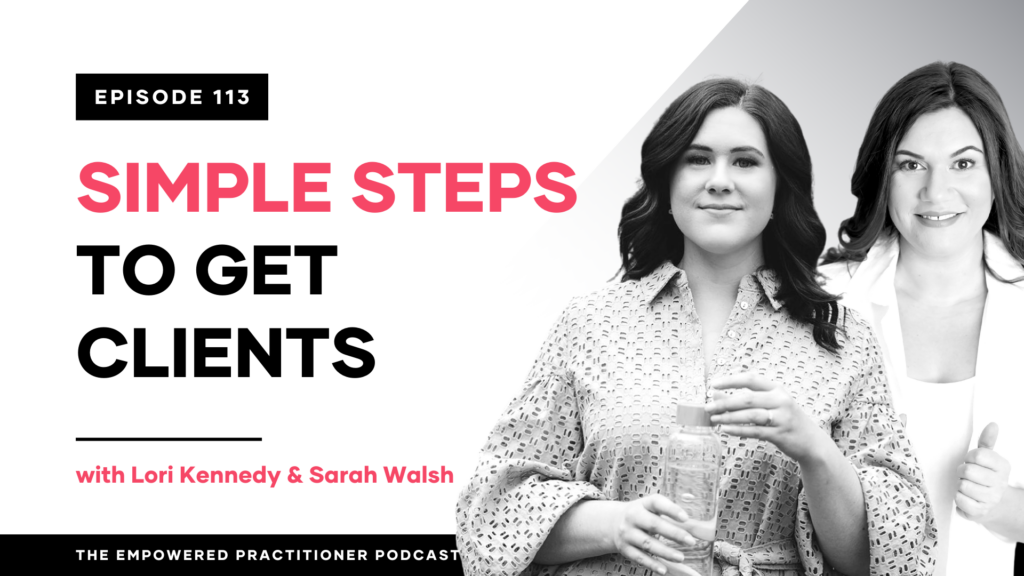Want to know a fun fact about me? I won the ‘writing award’ at my grade 8 graduation. I thought my grade 8 teacher hated me… turns out she was just pushing me.
When I joined the $20K/year mastermind group back in 2012 the first thing I learned was that there is a HUGE difference between regular writing and copywriting.
I had no idea what copywriting was but it was apparent that until I learned how to write sales copy (for sales pages, blogs, and emails) I wouldn’t be selling much of anything online.
Let’s start at the beginning…
What Is Copywriting?
Copywriting is the process of writing advertising and promotional materials. Copywriters are responsible for the text on brochures, billboards, websites, emails, advertisements, catalogs, and more.
This text is known as “copy.” Unlike news or editorial writing, copywriting is all about getting the reader to take action. That action might be to purchase, opt in, or engage with a product, service, or company.
That’s why a copywriter is often referred to as “a salesman in print.”
What Is Direct Response Marketing?
Direct response what?! Lori, are you telling me I have to learn ANOTHER kind of marketing? Nope. I’m telling you that the only kind of marketing you should learn is called Direct Response Marketing.
“Direct response marketing, is designed to evoke an immediate response and compel prospects to take some specific action, such as opting into your email list, picking up the phone and calling for more information, placing an order, or being directed to a web page. – Successwise.com
It uses compelling headlines and sales copy. Direct response marketing has a compelling message of strong interest directed specifically to your chosen prospects. It uses attention-grabbing headlines with strong sales copy that is “salesmanship in print”. -– Successwise.com
An example of a direct call to action would be… Click below to RSVP to attend The Slim Down Smoothie Party. RSVP deadline is October 15th.
Now that you understand what copywriting and direct response marketing are, let’s dive into the 3 Copywriting Hacks For Health & Wellness Practitioners
Hack # 1: Add a beneficial outcome to your program/masterclass/consult name
Take the example I used above “Slim Down Smoothie Party”. I could have called it The Smoothie Party, but that wouldn’t have been as compelling. Right?
Include a beneficial outcome in the title of your program. This will draw in ideal clients. They will self-identify, raise their hand and say, YES; I want to learn more about how I can slim down using smoothies.
If you don’t offer a compelling outcome in the title of your program you will wind up attracting just anyone… you don’t want that.
Here’s another example of a program name: Learn To Run A 5K In 4 Weeks vs. Learn To Run Program.
Here’s an example of a free consult: 30-minute complimentary Fix Your Gut Assessment.
Hack # 2: Insert the descriptive transformation your program offers
Answer these two questions:
- What is possible for the client after working with you? (Be specific)
- What is the outcome/transformation you provide that they desire?
It’s important to position the transformation the client will receive after working with you. The transformation should be stated using the ideal client’s own words so it’s easy for them to understand and relate to.
Use adjectives to describe the transformational outcome. The more detail you use to describe it the easier it is for the prospect to feel and resonate with.
Here’s an example: Clients who finish my 5-Week Fix Your Gut Bootcamp are amazed at how light and energetic they feel.
My clients are always shocked that in just 5 weeks they were able to get rid of the painful, burning heartburn that plagued them for years. Now they sleep like a baby at night, which obviously helps them to feel so much more alert and energetic throughout the day.
A nice side effect of sleeping longer and deeper at night is less carb cravings throughout the day and you know what that means… potential weight loss without even trying.
The watery-puffy bloating my clients hated, likely caused by gut irritation and food sensitivities is now gone – – my clients literally deflate because we identified the offending foods that caused them to swell, in week 2 of the program.
You should be able to clearly communicate 3 to 5 ways your program or service transforms your clients. Use these transformational outcomes in all of your marketing, blog posts, and social media promotion.
Hack # 3: Use numbers and interesting adjectives in your headlines, subject lines & titles
Go to your local grocery store and scan the front pages of the magazines at the checkout line. It doesn’t matter if the magazine is a tabloid or a fashion magazine, many of them will use numbers in their headlines.
There don’t seem to be any rules dictating which kind of numbers work best but most of the numbers used in copywriting seem to be odd and obscure numbers like 9 or 37.
Here are 3 examples:
7 Fast Ways To Fix Your Gut
15 Organic Foods You Thought Were Healthy
11 Kitchen Tools I Can’t Live Without
BONUS: 3 Supplements That Can Ruin Metabolism – – this one would get a massive open rate because readers would want to know which supplements I am talking about.
How can you use numbers and adjectives in your headlines, subject lines, and titles to intrigue readers to open your emails or read your blogs?
Just because you don’t think you can write doesn’t make that statement true. You can learn copywriting strategies that will help you to improve your ability to communicate with your prospective clients.
Being able to compel a prospective client with your words is a skill that must be learned if you want to grow your business, especially online.


